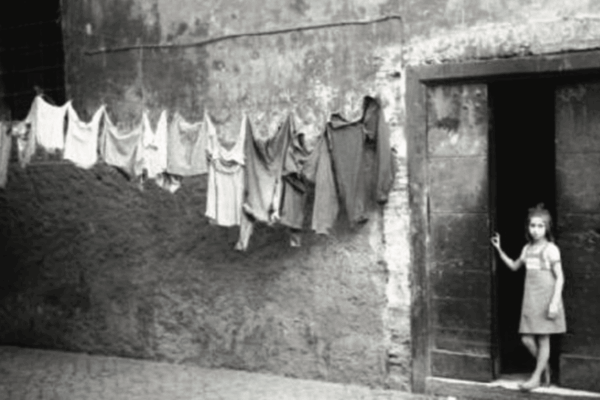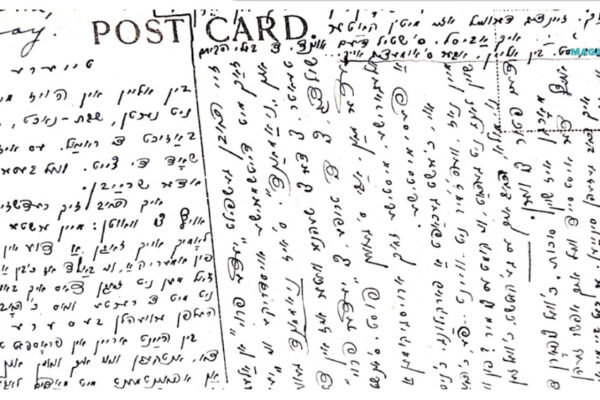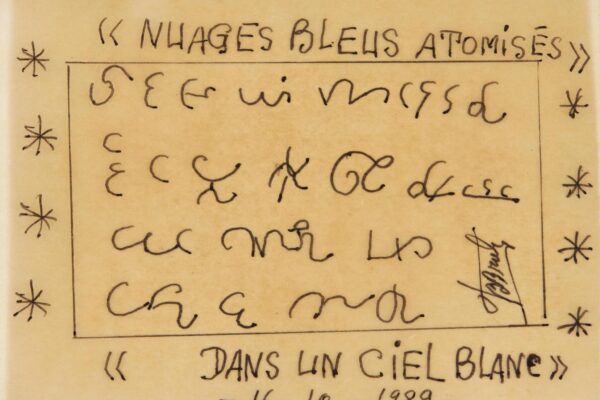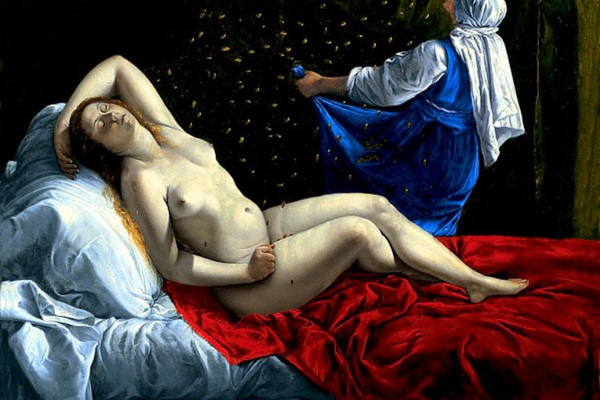In various ways, Bookhouse visitors have expressed curiosity about the technical and artisanal aspects of typography and book production.
I will periodically propose a book, an image, or a video on the subject.
Alessandro Cassin
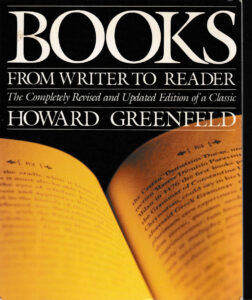 Books—From Writer to Reader, by Howard Greenfeld, (Crown Publishers NY 1976), is an accessible yet comprehensive and fascinating description of the process of making a book.
Books—From Writer to Reader, by Howard Greenfeld, (Crown Publishers NY 1976), is an accessible yet comprehensive and fascinating description of the process of making a book.
From the Introduction:
They entertain us or inform us; they Make us laugh or make us cry; they please us, or they anger us. They have extraordinary power to change the life of an individual or even the way of thinking of an entire society.
Books play a vital role in our lives. When we are young they introduce us to the world of phantasy and beauty, not only by means of words but through illustrations. In school, they educate us, and as we grow up, their range becomes even broader. Books are essential if we want to study law or medicine or engineering—or really anything at all. If we read the right book we can learn to cook a meal or sew a dress or play chess or many other things.
Books are indeed such a fundamental part of our lives that many people take them for granted. It is impossible to imagine a world without them. They somehow appear, almost miraculously; we have them and read them and enjoy them without giving much thought to their origin.
I have spent many years in the world of books. I have written them and edited them and published them and sold them Throughout those years, many people—those who do not take books for granted— have asked me questions· how do you write a book? What do you do with a manuscript once you’ve written it? What is the role of the literary agent? What does a publisher do? What is the job of the editor? How does a book get illustrated? How is it printed and how is it bound? And What can be done to see that a book finally reaches the reader?
This book is an attempt to answer those and other questions, and the answer will make clear that the process of conceiving and making a book is a long, complicated, and difficult one. Books don’t grow on trees. They are the result of teamwork, of many creative people joining together to produce a work that each hopes may, in some small way, enrich the world. It is not all idealism of course. There are strictly commercial and business considerations involved; book publishing is, after all, a business and must be conducted as such. Yet there is something special in it, an indefinable excitement in the knowledge that each book will have a life of its own, will survive longer than other essential products —like shoes or cars or dresses—in someone’s home, in a public library, or in the mind of the reader.



